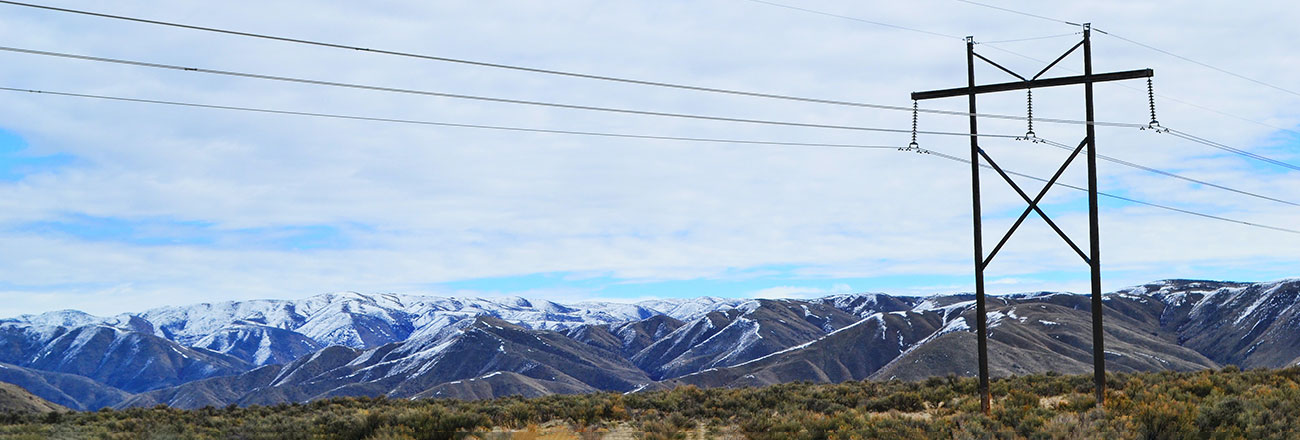Transpower’s new transmission pricing methodology (TPM) – effective 01 April 2023

Transpower is the state-owned enterprise responsible for New Zealand’s high voltage electricity transmission network. The transmission network is used by generators to transport energy from generation points to local distribution networks such as Vector.
Local network companies include Transpower’s charges in their own rates which are charged to electricity retailers and ultimately on to end users.
In 2023 Transpower has introduced a new pricing methodology which differs significantly from previous years, and which has flowed through to local network charges effective from 1 April 2023. The specifics of how local network companies choose to pass on the new transmission pricing methodology varies and we are seeing quite some variation between networks.
The changes to the pricing methodology are in theory intended to better allocate the cost of investment in and operation of the transmission system to those who get the benefit. Assets such as the HVDC link are now paid for directly by network companies instead of the South Island generators.
The previous methodology was peak demand based, intended to reduce (or control) demand at peak operating times through price signals. Under the new pricing methodology, Transpower’s revenue will be based on a combination of a fixed charge and a variable charge (based on the amount of electricity used). The changes don’t aim to bring in additional revenue for Transpower but to rebalance who pays for the transmission system now and into the future.
As with most change, there are winners and losers, i.e. some end users will see lower prices while others will face increases. The effects of the changes on end users will vary depending on their location in New Zealand, and in some cases their connection size and usage profile.
Of particular note is the treatment of transmission charges by Auckland’s local network company Vector (and the resulting interpretation of Vectors charges by retailers), as it appears to have focused the cost increases on customers with larger connection sizes, particularly those with large flat loads. In Auckland, for commercial/industrial clients, we have seen network charge increases that range from around 10% to over 50%.
Below is a graph showing the indicative changes to network charges on some example local networks throughout New Zealand based on a large flat load:

Overall, the changes to Transpower’s pricing methodology were intended to encourage more efficient use of electricity and to ensure that the costs of operating and maintaining the transmission grid are shared fairly among customers. Early indications are that the removal of peak signals may have resulted in higher transmission peaks.
While the effect on customers will vary depending on their location and usage patterns, Transpower’s view is that the changes should ultimately lead to a more sustainable and reliable electricity system in New Zealand.